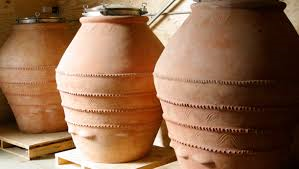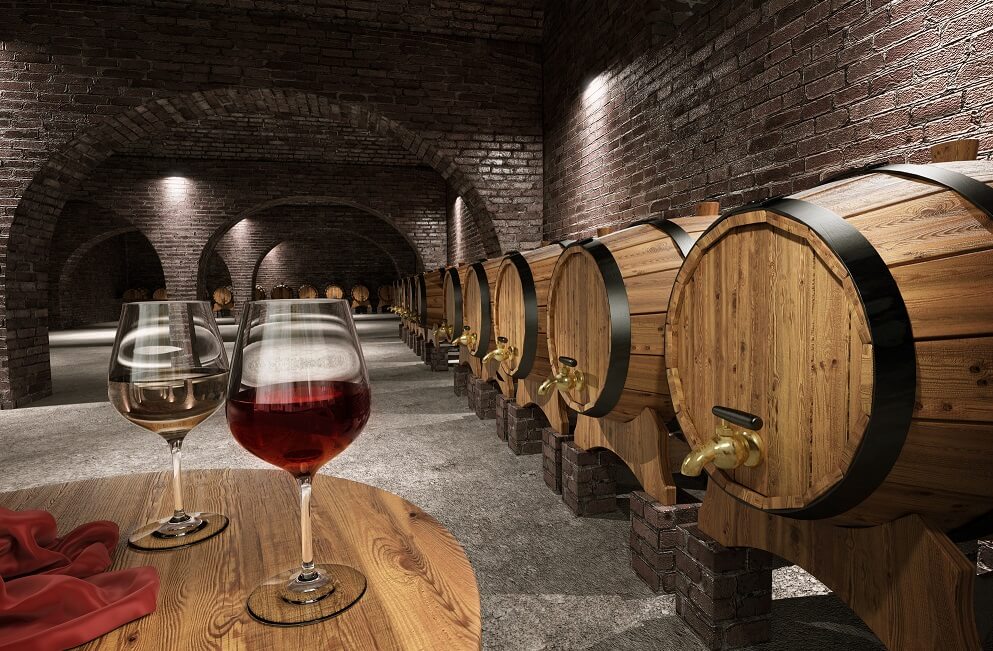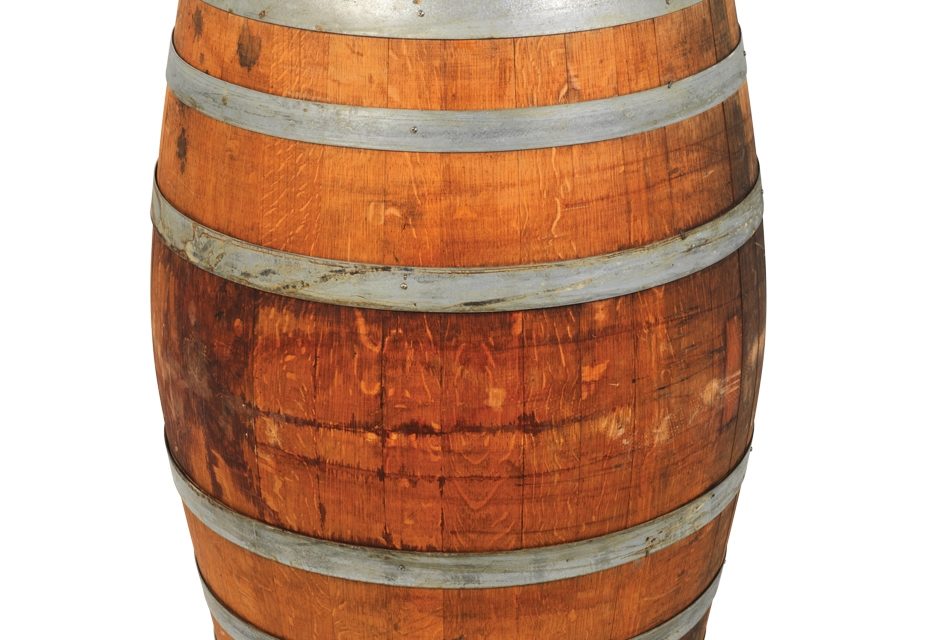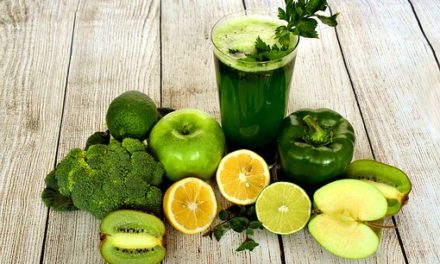
ORIGINAL CLAY WINE CONTAINERS
Even when the earth was covered with trees, the Greeks and the Romans did not realise the possibility of making wine containers from wood. They made and stored wine in terracotta amphorae, which was not an easy job, mainly owing to the fact that the inside of the vessels had to be coated with beeswax to make them non-absorbent. Nor were they easy to handle as they did not stand up on their own (having a pointed base, no-one quite knows why)), and moving them around was labour-intensive. It was not until much later that they finally started making wooden barrels, which not only improved the wine, but also made it easier to transport. One labourer can handle 500 litres at a time by merely rolling the barrel. In some areas, such as the Caucasus, they still use clay containers, and make the wine as it has been made since time immemorial, crushing the grapes in the pots and letting the wine ferment before siphoning it out.
I still remember seeing barrels being unloaded from ships by crane, one at a time, and stacked on the dockside. You never see this now as most wine-producing countries forbid the export of wine in bulk, because of the risk of it being adulterated before bottling. Half a century ago my company bought sherry in Jerez de la Frontera and it always arrived in wooden butts. It would take the best part of a (highly enjoyable) day.

TRADITIONAL OAK WINE BARRELS
– to handle 500 litres, filling bottles by hand and sticking on the labels. We could certainly have added cheaper wine and bottle it as the original genuine product if we had been dishonest. This is why such wine is only now exported in the bottle.
It is likely that the average wine drinker does not think too much about the contribution wooden barrels make to the quality of a wine. In simple terms it has always been a question of French oak or American oak. The French product is better and costs about twice as much as the American, and the forests the trees come from were used in Napoleon’s day to supply the timber for building warships. It is said that an expert wine taster can tell the exact source of the wood used to barrel-age a wine, though frankly I am sceptical.
Initially the Americans cut up the timber using saws, as they had always done to make barrels for bourbon and rye, while the French always split it into staves for the cooperage. They also aged it for two years prior to using it, something that the Americans only do now, so for a long time American oak was not used in Europe.
The scorching of the interior of the barrel over an open fire is also a deciding factor, as the extent of the toasting affects the wine’s final outcome. All red wines improve with a period in oak, and of the whites Sauvignon Blanc and Chardonnay are the most receptive. However these days a wine of the year will never have seen a grain of sawdust and only red crianzas and reservas get the wood-ageing treatment to varying degrees.
 Whites to an even lesser extent, and it has been shown that introducing wood chips into the stainless steel tanks actually does a better job than authentic barrel- ageing. People have very definite ideas about oak-aged white wines, and although in the last century many white Riojas were barrel-aged, this is no longer the case as popular taste is now mostly in favour of un-oaken whites. Even oaken reds are not what they were, as many progressive bodegas (too many to nominate here) are switching to the Caucasian option of clay and concrete ‘eggs’ for the maturing process. And very good are the resulting wines too.
Whites to an even lesser extent, and it has been shown that introducing wood chips into the stainless steel tanks actually does a better job than authentic barrel- ageing. People have very definite ideas about oak-aged white wines, and although in the last century many white Riojas were barrel-aged, this is no longer the case as popular taste is now mostly in favour of un-oaken whites. Even oaken reds are not what they were, as many progressive bodegas (too many to nominate here) are switching to the Caucasian option of clay and concrete ‘eggs’ for the maturing process. And very good are the resulting wines too.











